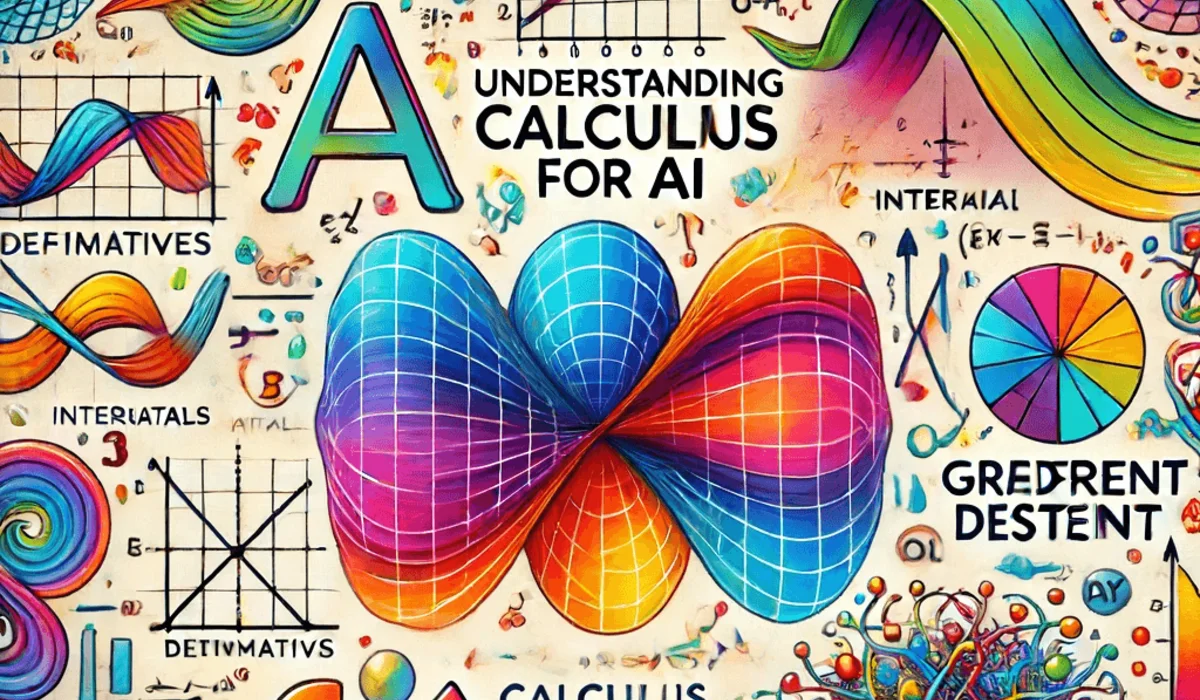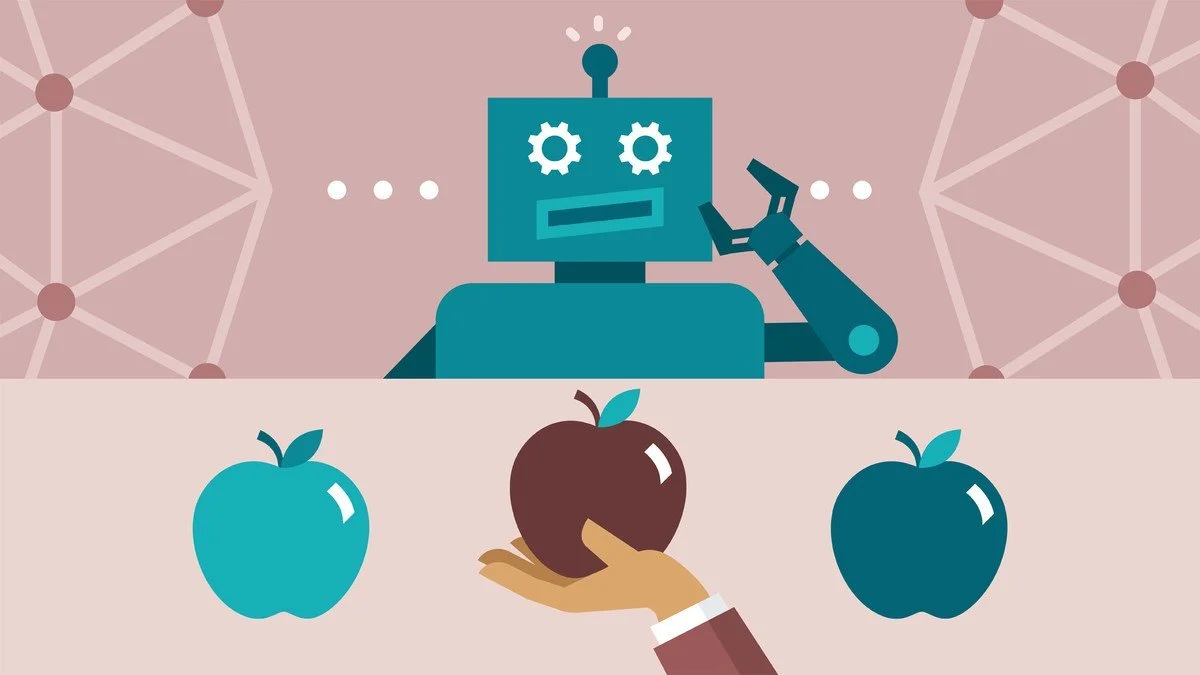As we dig deeper into the world of Artificial Intelligence (AI), it becomes imperative to understand the foundational principles of probability and statistics. These mathematical disciplines play a crucial role in the development and implementation of AI algorithms. This article explores the importance of probability and statistics in AI, providing examples and explanations to illustrate their applications.
The Role of Probability in AI
Probability theory is the mathematical framework for quantifying uncertainty. In AI, probability helps in making predictions, handling uncertainty, and making decisions under uncertain conditions. Here are some key areas where probability is essential in AI:
◆ Bayesian Inference
Bayesian inference is a method of statistical inference in which Bayes’ theorem is used to update the probability for a hypothesis as more evidence or information becomes available. It’s widely used in machine learning for parameter estimation and model selection.
Suppose we have a spam filter that classifies emails as spam or not spam. Using Bayesian inference, we can update the probability that an email is spam based on the presence of certain keywords.
◆ Markov Models
Markov models are used to model sequential data where the probability of each event depends only on the state attained in the previous event. Hidden Markov Models (HMM) are particularly useful in speech recognition, handwriting recognition, and bioinformatics.
In speech recognition, the next word in a sentence can be predicted based on the previous words using an HMM, improving the accuracy of the recognition process.
◆ Monte Carlo Methods
Monte Carlo methods are a class of computational algorithms that rely on repeated random sampling to obtain numerical results. They are used in AI for optimization, numerical integration, and generating samples from a probability distribution.
In reinforcement learning, Monte Carlo simulations can be used to evaluate and improve policies by simulating various scenarios and averaging the results.
The Role of Statistics in AI
Statistics provides the tools for data analysis, hypothesis testing, and predictive modeling, which are fundamental to AI. Here are some key statistical concepts and their applications in AI:
◆ Descriptive Statistics
Descriptive statistics involves summarizing and visualizing data to understand its main characteristics. Measures such as mean, median, mode, and standard deviation are commonly used.
In data preprocessing, descriptive statistics can help identify outliers, understand the distribution of data, and inform data normalization strategies.
◆ Inferential Statistics
Inferential statistics allows us to make inferences about a population based on a sample of data. Techniques such as confidence intervals, hypothesis testing, and regression analysis are essential.
In A/B testing for an AI-powered recommendation system, inferential statistics can be used to determine whether changes to the algorithm lead to significant improvements in user engagement.
◆ Regression Analysis
Regression analysis is used to model the relationship between a dependent variable and one or more independent variables. It’s widely used for prediction and forecasting.
Linear regression can be used to predict housing prices based on features such as location, size, and number of bedrooms. In AI, more complex forms like logistic regression and polynomial regression are also used.
◆ Hypothesis Testing
Hypothesis testing is used to determine whether there is enough evidence to reject a null hypothesis. It’s crucial in model evaluation and feature selection.
When developing a new feature for a machine learning model, hypothesis testing can help determine if the new feature significantly improves model performance compared to the existing features.
Understanding Statistical Distributions
A deep understanding of statistical distributions is crucial in AI, as they help model real-world phenomena and underpin many algorithms and methods. Here are some common statistical distributions and their applications in AI:
◆ Normal Distribution
The normal distribution, also known as the Gaussian distribution, is a continuous probability distribution characterized by its bell-shaped curve. Many real-world variables follow a normal distribution, and it’s fundamental in statistical inference.
In anomaly detection, data points that fall far from the mean of a normal distribution might be considered anomalies.
◆ Binomial Distribution
The binomial distribution represents the number of successes in a fixed number of independent binary (yes/no) trials. It’s used in scenarios where the outcomes are binary.
In a spam filter, the number of spam emails detected in a sample of emails can be modeled using a binomial distribution.
◆ Poisson Distribution
The Poisson distribution models the number of events occurring within a fixed interval of time or space. It’s useful for modeling rare events.
In network security, the number of intrusion attempts per hour can be modeled using a Poisson distribution.
◆ Exponential Distribution
The exponential distribution is used to model the time between events in a Poisson process. It’s often used in survival analysis and reliability engineering.
In predictive maintenance, the time between failures of a machine can be modeled using an exponential distribution.
◆ Uniform Distribution
The uniform distribution represents an equal probability for all outcomes within a specified range. It’s often used in simulation and random sampling.
In Monte Carlo simulations, random numbers drawn from a uniform distribution are used to sample values.
Practical Applications of Probability and Statistics in AI
◆ Natural Language Processing (NLP)
Probability and statistics are extensively used in NLP for tasks such as language modeling, sentiment analysis, and machine translation. Probabilistic models like n-grams and statistical methods for text classification are foundational in NLP.
In machine translation, statistical models can predict the probability of a sequence of words being a correct translation, improving translation accuracy.
◆ Computer Vision
In computer vision, probabilistic models are used for object detection, image segmentation, and facial recognition. Statistical methods help in feature extraction and dimensionality reduction.
Probabilistic graphical models can be used to identify objects in images by considering the spatial relationships between different parts of the object.
◆ Recommendation Systems
Recommendation systems use statistical techniques to analyze user behavior and predict preferences. Collaborative filtering and content-based filtering are common approaches.
Netflix uses a combination of probabilistic models and statistical techniques to recommend movies and shows based on user viewing history and ratings.
◆ Anomaly Detection
Anomaly detection involves identifying rare items, events, or observations that raise suspicions by differing significantly from the majority of the data. Statistical methods are used to define what constitutes an anomaly.
In fraud detection, statistical models can analyze transaction patterns to identify unusual behavior that might indicate fraudulent activity.
Understanding probability and statistics, including statistical distributions, is fundamental to mastering AI. These disciplines provide the tools to model uncertainty, make predictions, and draw inferences from data. As AI continues to evolve, the importance of these mathematical foundations will only grow. By grasping these concepts, AI practitioners can develop more robust, accurate, and reliable models, paving the way for innovative solutions to complex problems.




